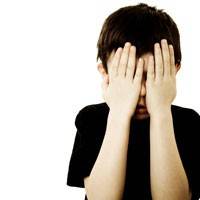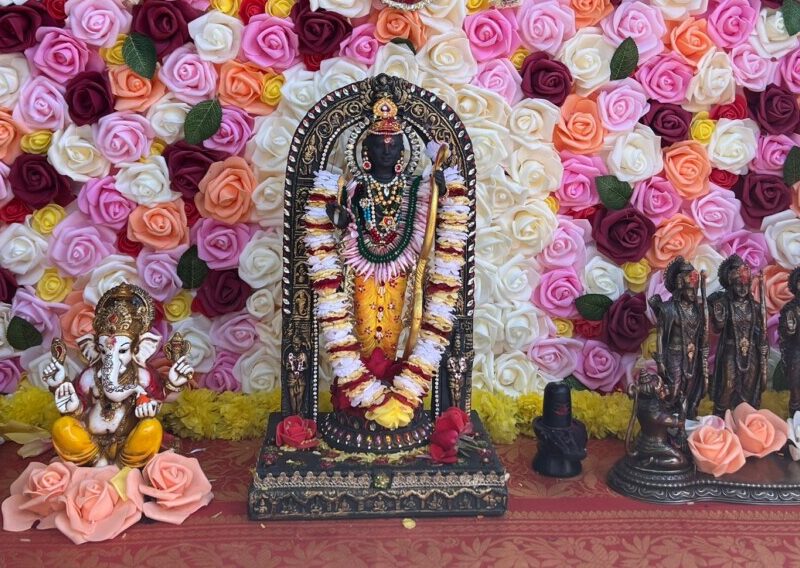
The scene is still vivid…
“Suhag dear, could you stand up please?” says Mrs. Green, my 9th grade world history teacher.
I stand up — even more self-conscious than I usually am of the fact that I’m the only brown Hindu kid in my class and have pretty much wanted to crawl under my desk the entire past week as we covered the unit on Ancient India and Hinduism.
“Tell us something. Have your parents arranged your marriage? Are they worried about saving up for your dowry? Oh, and what caste are you?”
That was 1985, and unfortunately, not much has changed in terms of the outdated and stereotyped way in which India and Hinduism are supposed to be taught in California public schools. In fact, today — nearly 30 years later — in spite of strides in historical, archaeological, and biological findings and unprecedented changes in California demographics, the content standards that provide the outline for what textbooks must contain and what teachers must teach, not only about India and Hinduism, but all of social studies, are a basic reworked version of material from 1987 that was formalized in 1998.
Many groups have similarly felt concerned about California’s deficient content standards and the impact they have on young, impressionable children. Parents of Persian heritage, for instance, came together to form an advocacy organization known as the History Advocates for this very purpose, after seeing what students were learning (or not learning) about Persian history. In fact, there is not one single state standard on Ancient Persia, and whatever information is covered on this topic is discussed as a footnote to Greek civilization, and presented in a negative and skewed manner.
Moreover, a closer look at the current standards shows that the histories and cultures of several groups have been inadequately covered, including those of Native Americans, Asian Americans, and Hispanic Americans. Even the treatment of African Americans and women is lacking.
Thankfully there is a bill that seeks to bring California’s social sciences into the 21st century and it simply needs the Governor’s signature. Authored by Senate Majority Leader Ellen Corbett, California Senate Bill (SB) 1057 seeks to modernize California’s K-12 History-Social Science Content Standards for textbooks. It would require the California Superintendent of Public Instruction in consultation with the State Board of Education (SBE) to update content standards while taking into account both contemporary academic scholarship and depicting more fairly and accurately the histories of different groups. A revamping is especially critical where the 1998 standards reflect negative and inaccurate stereotypes, which often lead to the bullying of children of those groups, and sadly contribute to America’s continued cult of ignorance.
Seems pretty straightforward. In an increasingly global economy and diverse society, one would think that a state known for its progressive policies and for being the world’s innovation capital would naturally and wholeheartedly support a desperately needed reboot. If only things were that simple.
In spite of bi-partisan support of SB 1057 (it passed the Assembly 76-3 and the Senate 30-6), over a 100 organizations, professors, educators, and government leaders, representing a broad range of backgrounds, coming out in support of it, and no public opposition, one unlikely arm of the California government is lobbying against it — that is the SBE. The SBE’s justification for staying the course on the 16 year old standards is some minor technical process concerns that can be easily addressed in the interest of the state’s more than 6 million students. So what’s really behind the opposition? Perhaps a short history lesson on the 1998 Content Standards themselves may shed some light.
Bradley Fogo, Ph.D., Director of Curriculum Development for the Stanford History Education Group, wrote a 200 page award-winning dissertation which has analyzed the development of California’s History-Social Science Frameworks and Content Standards. In it he unravels the inside politics of how the 1998 standards came into being. From borrowing largely from the earlier 1987 frameworks to one or two individuals with no background in history or social science wielding disproportionate sway over the entire process to the committee ignoring errors which were pointed out by academic historians, what becomes disturbingly clear is the SBE’s lackadaisical approach to curriculum creation inspite of the heavy responsibility it carried for millions of public school students. Dr. Fogo also breaks down the make-up of the Academic Standards Commission’s History-Social Science Committee, specially convened by the SBE for this task, revealing that none were history teachers, professors, administrators, or curriculum specialists. Given the haphazard approach of the Academic Standards Commission in selecting the social science committee, it probably should shock no one to learn that it also never defined what made content essential or bothered to develop a rationale for determining the rigor of standards.
Perhaps the most frustrating revelation in Dr. Fogo’s research is the fact that there were historians available for the SBE, its Commission, and its Committee to consult. In fact, overlooked was the work of Gary Nash, Ph.D., a Professor and Director of the National Center for History at UCLA, as well as several other state history educators who ran the National History Center and created the National Standards. Nearly 16 years ago, Dr. Nash said the standards were “very defective,” and appeared to be developed by “persons not well-read in the last forty or fifty years of historical scholarship…” In spite of this damning criticism, today it seems that the SBE is trying to shirk its duty once again.
In hindsight, my 9th grade experience in world history was clearly a defining moment for me. I’ve spent the past decade working with my colleagues at the Hindu American Foundation to ensure that other children don’t have to go through what so many of my generation did. To know that the SBE, knew and ignored then what so many continue to critique now is mind boggling. If the SBE is not motivated to do on its own what is right, then Californians must come together and back SB 1057 to make it happen.







































